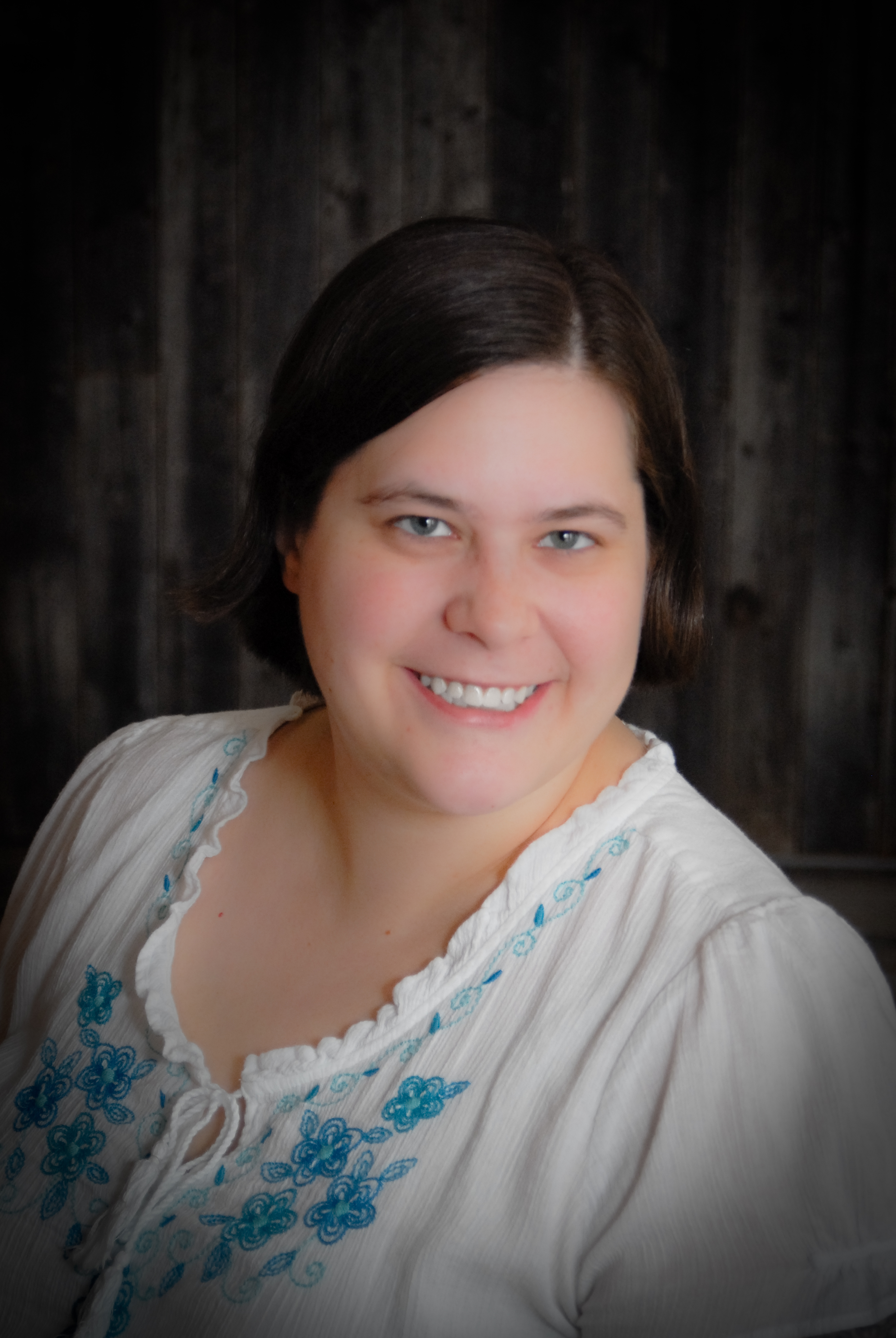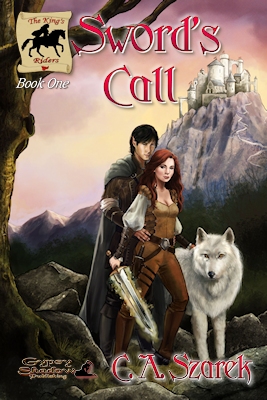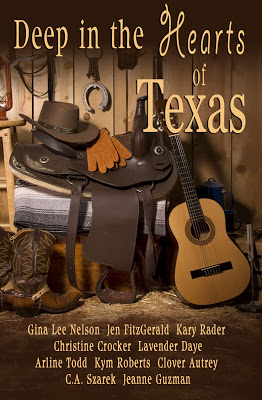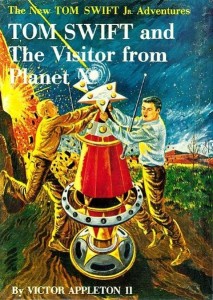A group of fascinating authors contributed to the upcoming anthology Avast, Ye Airships! Today I bring you another intriguing interview, this time with Jeffrey Cook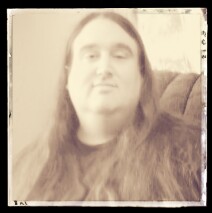 .
.
Jeff lives in Maple Valley, Washington, with his wife and three large dogs. He was born in Boulder, Colorado, but has lived all over the United States. He began writing professionally in 2014. In addition to his novels and anthology projects, he has contributed material to publications by Deep7 Games out of Seattle, WA. When not reading, researching or writing, Jeffrey enjoys role-playing games and watching football.
Here’s the interview:
Poseidon’s Scribe: When and why did you begin writing fiction?
Jeffrey Cook: I got the storytelling bug when I was about six, on long car rides with my dad. My mother insists that’s when I started proclaiming I wanted to be an author when I grew up. I began my first series of books, a set of emergent Steampunk epistolary novels, after getting laid off from an energy-draining desk job, thus freeing up a lot of time and creativity.
P.S.: What are the easiest, and the most difficult, aspects of writing for you?
J.C.: Output is easier for me than for a lot of people. Once I get some momentum going – in a decent atmosphere without any large dogs trying to get on my lap – I’m fairly prolific, writing in big chunks.
The most difficult aspects are the editing and the marketing.
P.S.: You have written in the steampunk, science fiction, and urban fantasy genres. Which is your favorite genre and why?
J.C.: Steampunk has been and continues to be a really fun experiment, and the best way of telling the story of the characters I wanted to tell there, but I grew up on fantasy. It pretty much has to be my favorite.
P.S.: Your website mentions you enjoy role-playing games. Aside from the enjoyment you derive from that, do you find that RPGs influence or even improve your writing?
J.C.: I love telling stories as a team. I like the combination of planning and improvisation, the characterization, worldbuilding, and different perspectives. Kate, my editor and sometime co-writer, feels the need to point out how action-oriented a lot of my writing is sometimes, which certainly gets a lot of practice narrating RPG scenes.
Additionally, I met Kate in an online role-playing group, so that’s certainly been useful, too.
P.S.: You mentioned having a co-writer. What is it like to write collaboratively with another author?
J.C.: As with RPGs, I love collective storytelling. In addition to bouncing ideas off of each other, we can capitalize on each other’s strengths and compensate for weaknesses. Kate, for instance, is very slow at writing, but incredibly efficient at rewrites.
P.S.: You have a story, “Maiden Voyage,” in the anthology 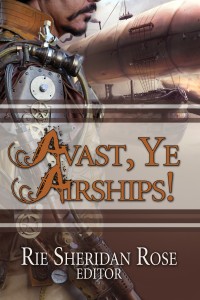 Avast Ye Airships! Without spoiling, can you tell us a little about the story, and what inspired you to write it?
Avast Ye Airships! Without spoiling, can you tell us a little about the story, and what inspired you to write it?
J.C.: From time to time, Kate and I write stories about a one-eyed cross-dressing lesbian cavalry officer and her clockwork-and-steam-enhanced dancer girlfriend. When we first saw the web site for the Avast anthology, we decided to put the girls on an airship. This is actually the second published Luca and Emily story. We’re hoping to eventually combine our various anthology submissions with them into a book of short stories.
P.S.: You’ve written some stories aimed at the Young Adult market. In what ways is that different from writing for a more general audience?
J.C.: It was a huge transition. The stories in the Dawn of Steam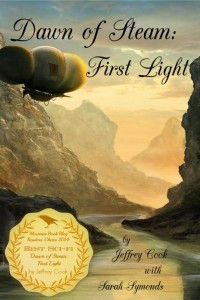 series are, intentionally, very dense reads. They’re written in Regency voice (early 1800’s, like Jules Verne or Jane Austen) and in epistolary (letters and journal entries) format. They required a lot of historical research. Writing for YA involved as much world building, but since both my current, and upcoming YA books are set in Seattle, I know some of the area better. They’re also much more dialogue heavy and faster-reading.
series are, intentionally, very dense reads. They’re written in Regency voice (early 1800’s, like Jules Verne or Jane Austen) and in epistolary (letters and journal entries) format. They required a lot of historical research. Writing for YA involved as much world building, but since both my current, and upcoming YA books are set in Seattle, I know some of the area better. They’re also much more dialogue heavy and faster-reading.
P.S.: What is your current work in progress? Would you mind telling us a little about it?
J.C.: With my epistolary Steampunk series wrapping up this March, I’m focusing a lot on a four-book YA urban fantasy series about, among other things, fairies in Seattle. It’s another collaboration with Kate, who’s really quite interested in getting the folklore research about different legends – mostly Irish/British but also Hawaiian and others – alongside medically accurate descriptions of ADHD.
While it’s also almost done, I’m also heading up a charity anthology consisting of Shakespeare stories reinterpreted through the lens of different punk genres: steampunk, cyberpunk, etc. The proceeds from that will benefit a local animal shelter. I’m contributing the “More bear”-steampunked version of The Winter’s Tale for that.
Poseidon’s Scribe: What advice can you offer aspiring writers?
Jeffrey Cook: Try to write or do something related to your writing every day in order to cultivate good habits.
Get someone reasonably impartial to read your work at some point, and learn to take constructive criticism, because once you publish, criticism is going to come eventually. Having done both self-publishing and with a small press, I I’d like to point out that in self-publishing, two very important things to have are good editing and good cover art.
Thank you very much, Jeff! Readers of Poseidon’s Scribe will be eager to find out more about you, and here’s how they can. You’re on Twitter as @JeffreyCook74, and on Facebook, Goodreads, and Amazon. Explore Jeffrey Cook’s website here.
Poseidon’s Scribe

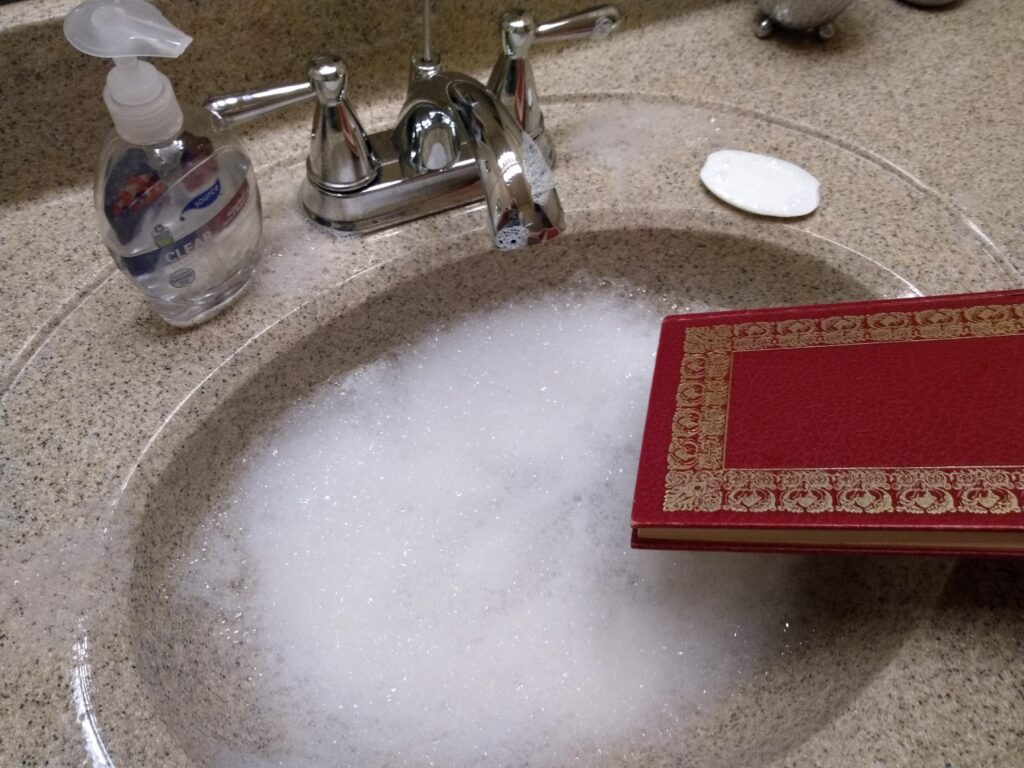



 series
series